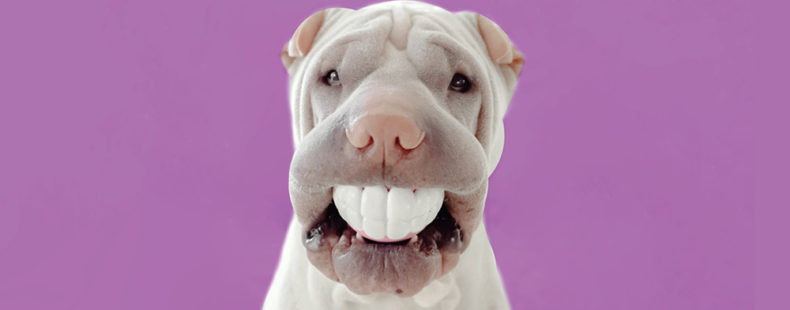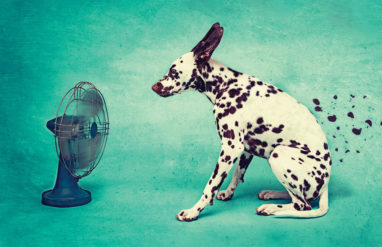Paging Dr. Doolittle
All animals speak the same language, whether they’re in Angola, Alabama, or Argentina, right? Well, according to Psychology Today, “there is no universally accepted sound that humans use to represent dog barks.” So, how did we come up with the words to describe a dog’s sound? Or other animal sounds for that matter?
Well, speech patterns, tonalities in both vocabulary and sound, and the usage of onomatopoeia seem to be key factors. And, this doesn’t just apply to the English language. There are words for animal sounds in every language across the globe … and it sounds like everyone seemed to interpret those sounds in unique ways. Time for some globetrotting.
























